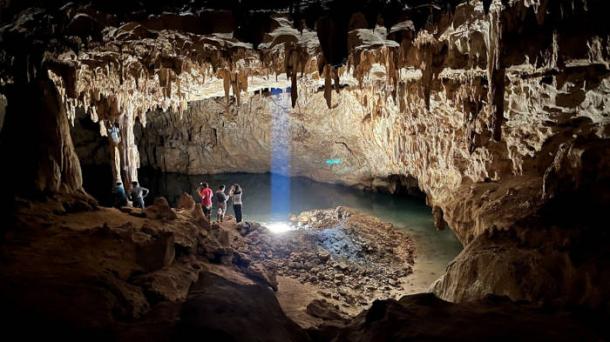🔴 Website 👉 https://u-s-news.com/
Telegram 👉 https://t.me/usnewscom_channel
A new study using chemical fingerprints trapped in Mexican cave stalagmites has revealed the devastating extent of droughts that contributed to the collapse of the astonishing Classic Maya civilization over 1,000 years ago. Researchers from the University of Cambridge have uncovered evidence of a catastrophic 13-year drought and seven other prolonged dry periods lasting at least three years each, providing the first detailed, season-by-season account of climate conditions during the Terminal Classic period (871-1021 AD) when Maya society experienced massive upheaval.
The research, published in the journal Science Advances, represents a breakthrough in understanding one of archaeology’s mysteries: what caused the dramatic decline of Maya cities across the Yucatán Peninsula during the 9th and 10th centuries. By analyzing oxygen isotopes preserved in a stalagmite from Grutas Tzabnah cave in northwest Yucatán, the team achieved unprecedented precision in reconstructing ancient climate patterns, isolating rainfall data for individual wet and dry seasons across 150 years of Maya history.
Previous research has long suggested that drought played a role in Maya societal collapse, but this study provides the most detailed chronological framework yet for understanding exactly when and how severely these climate stresses affected the civilization. The findings align remarkably with archaeological evidence, including the cessation of monument construction at major sites like Chichén Itzá during periods of extreme drought.

